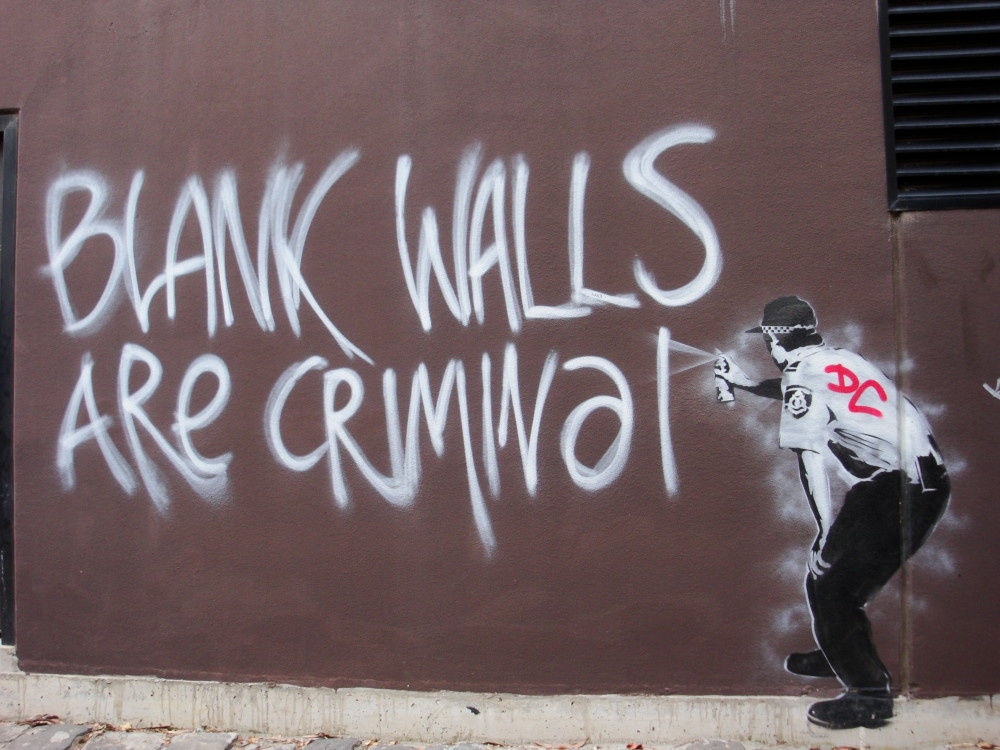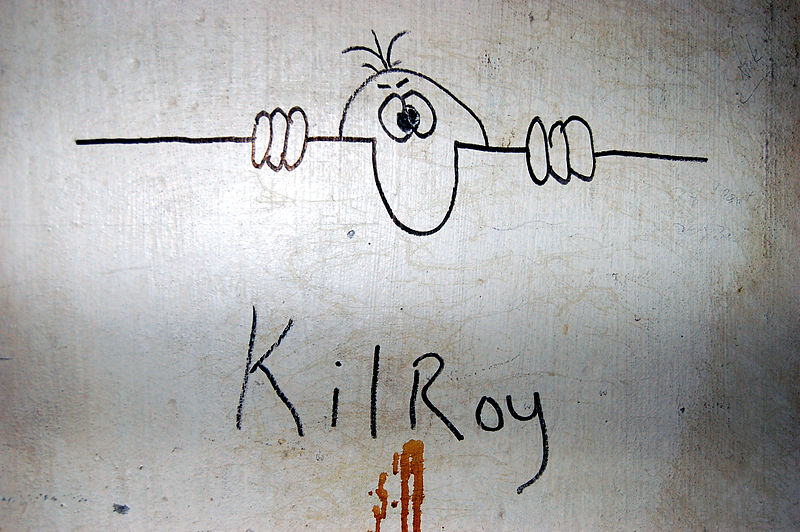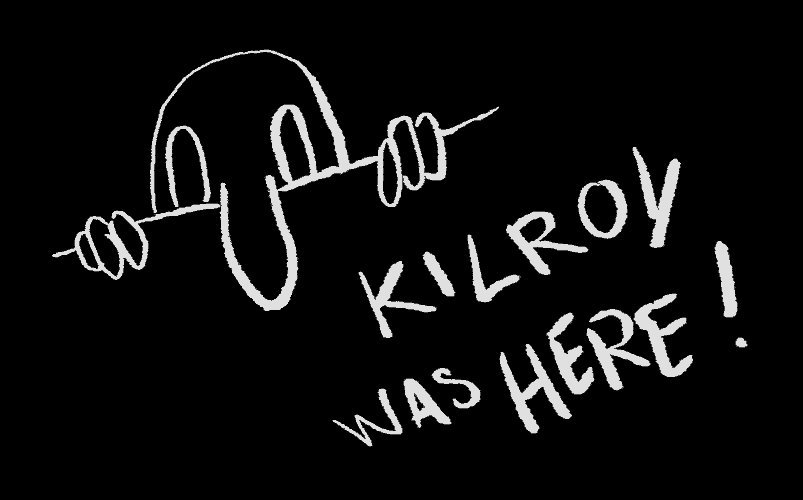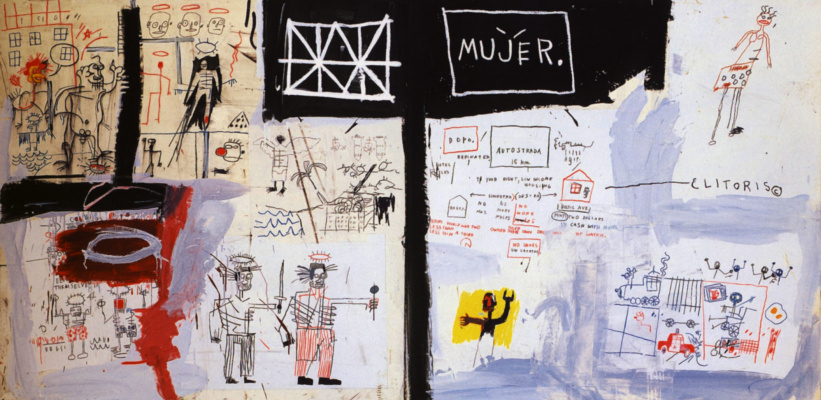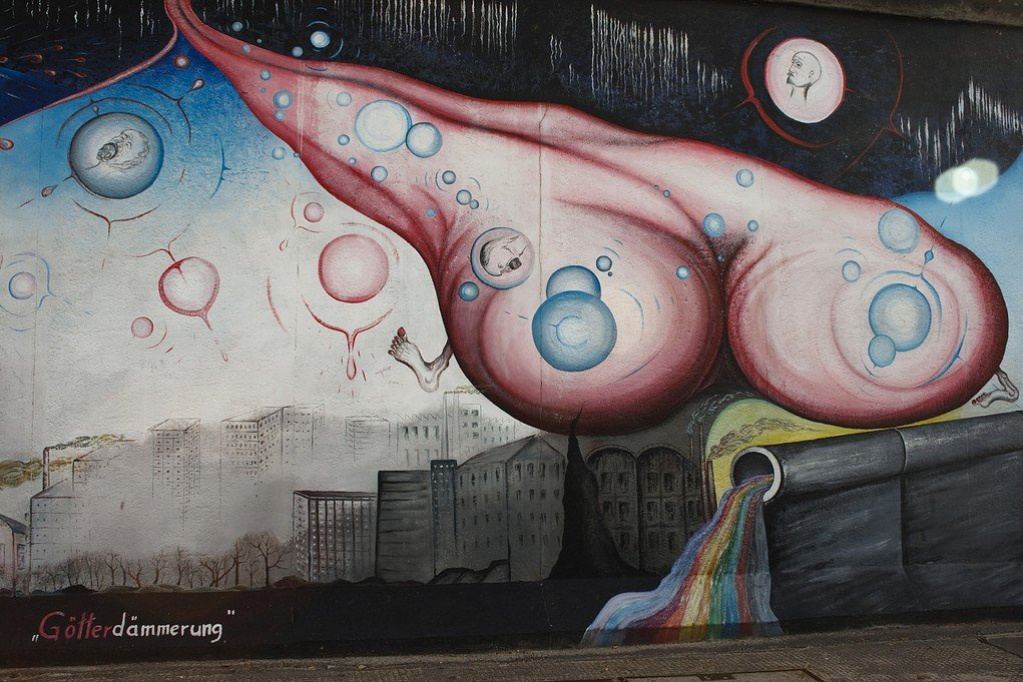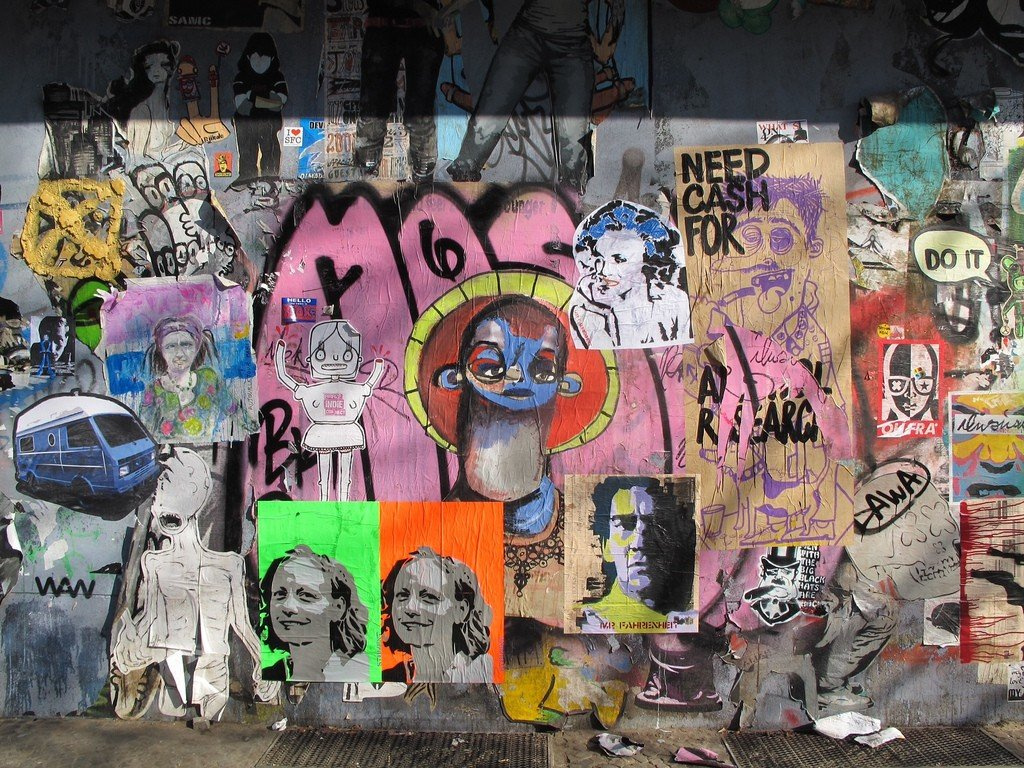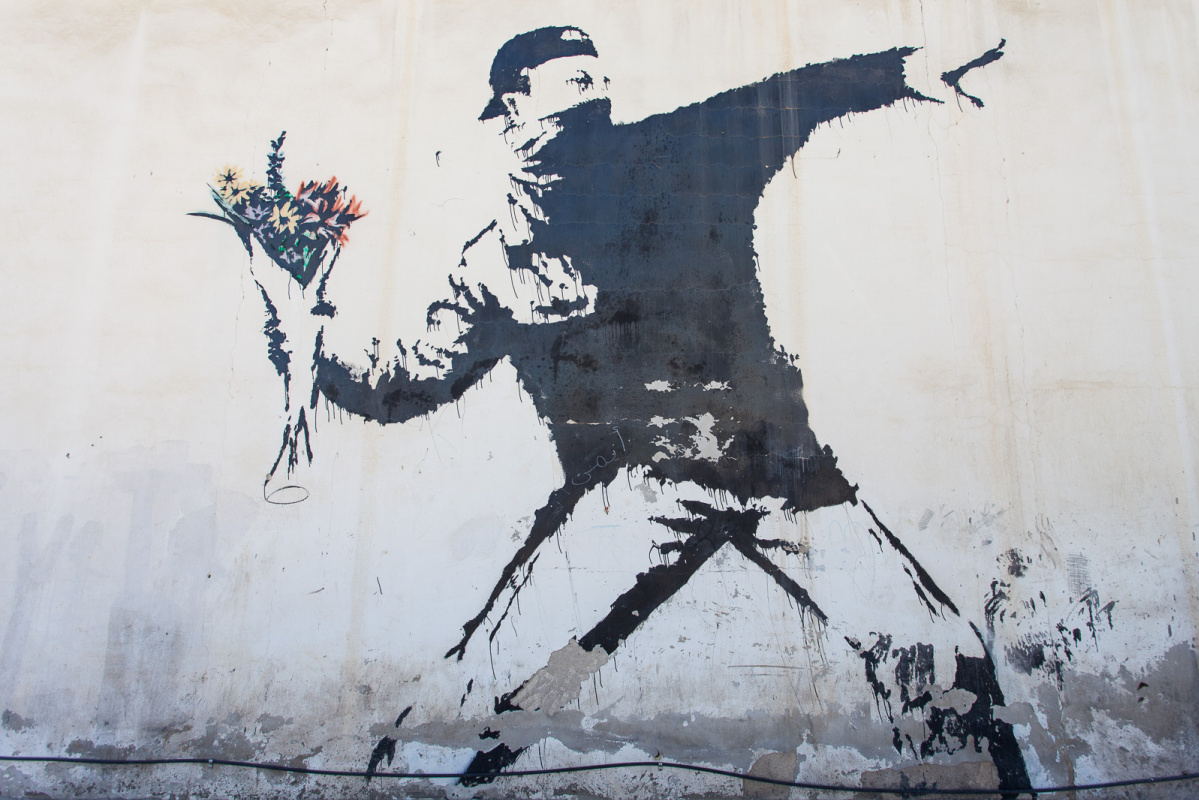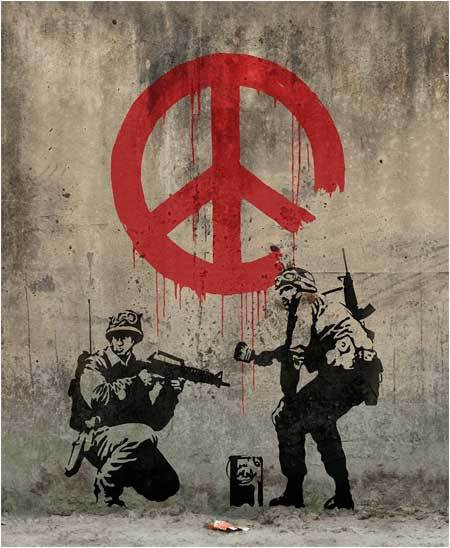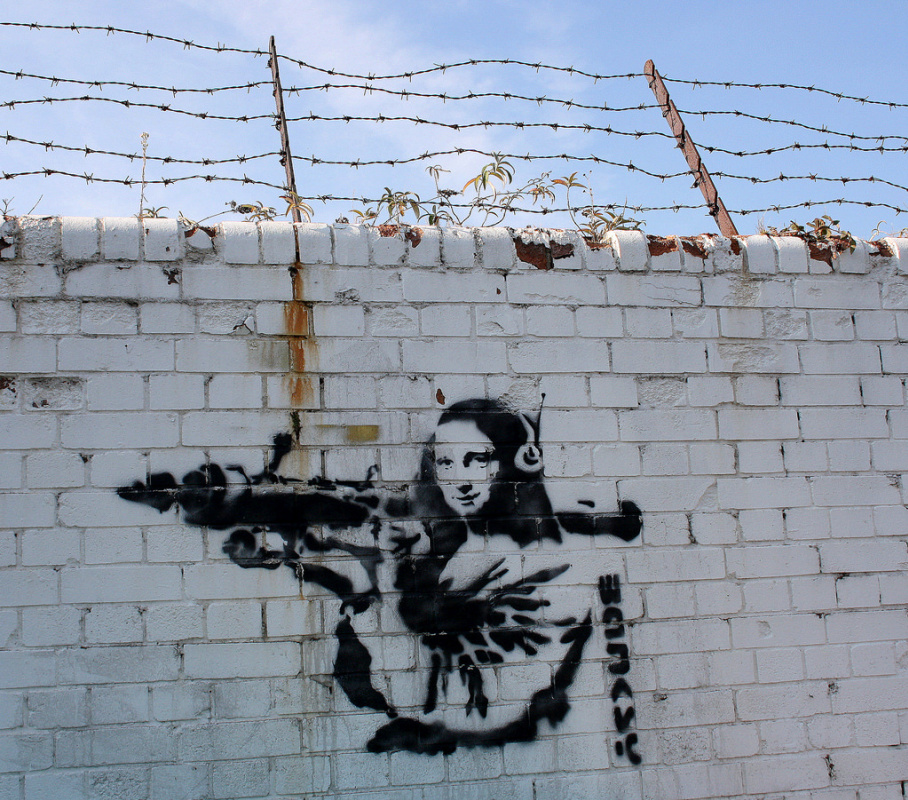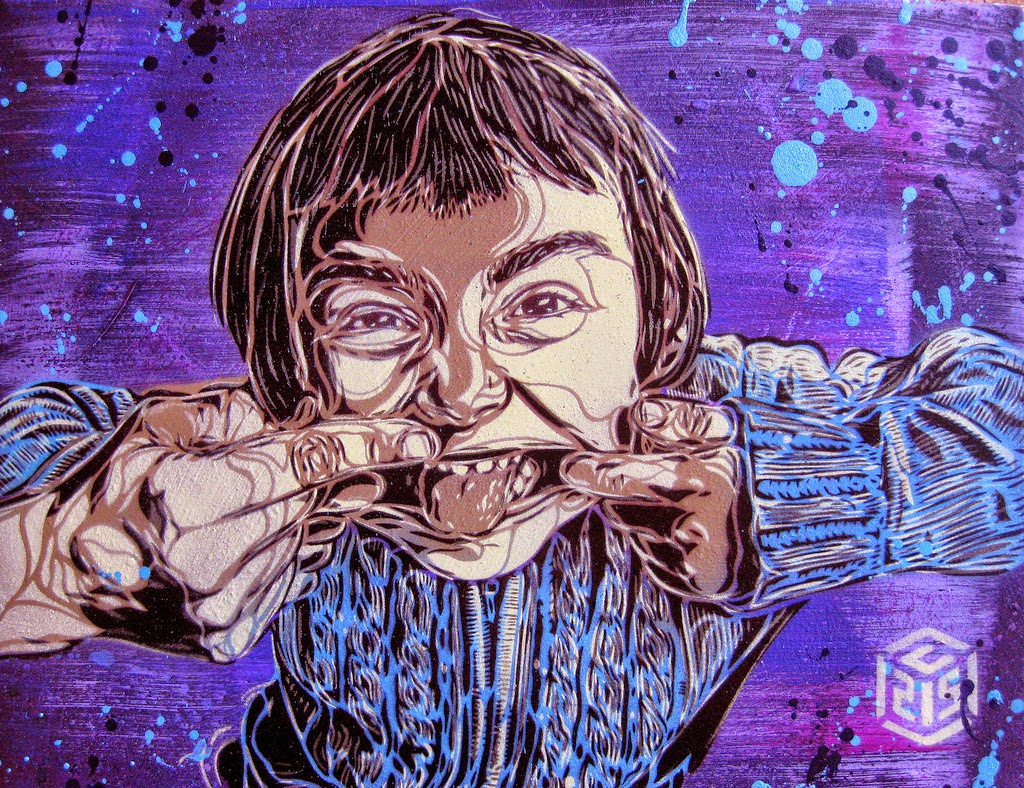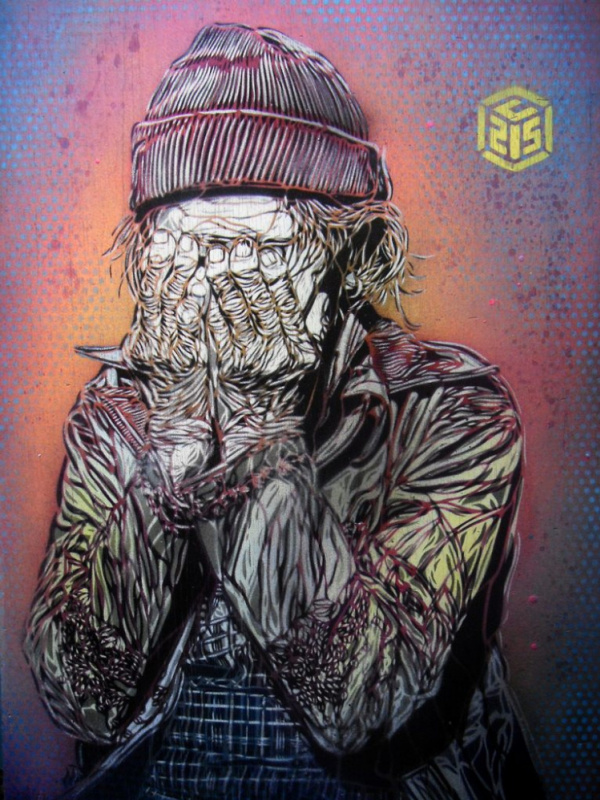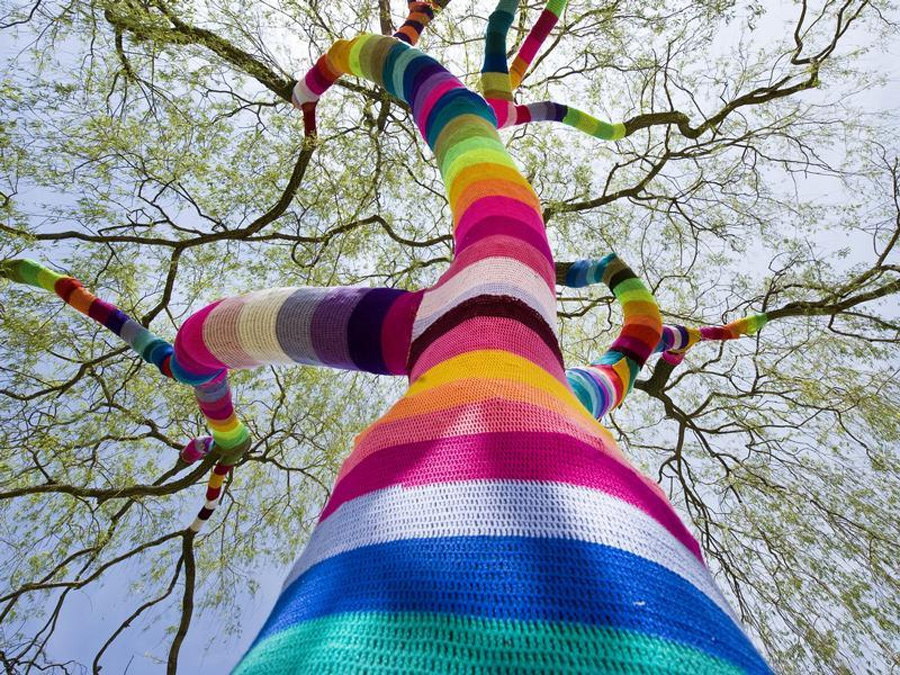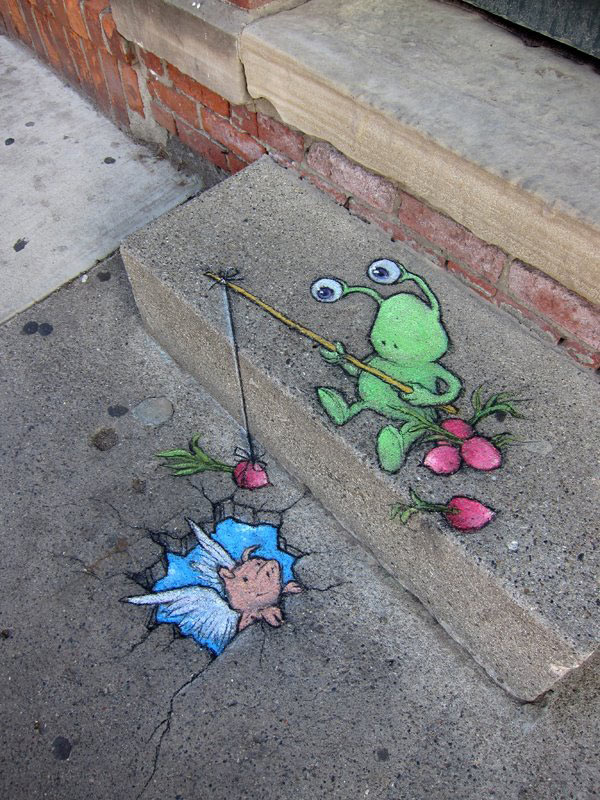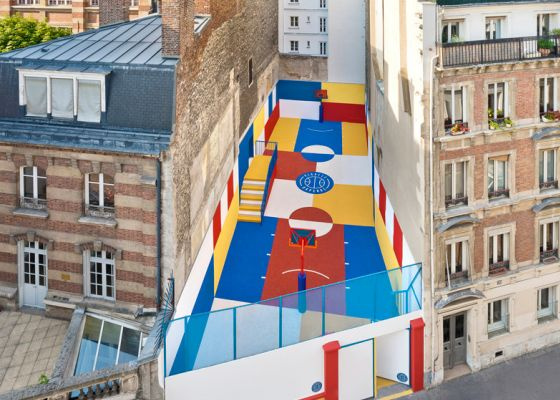Graffiti, posters, murals, tags, pavement drawings and even sculptures — all these are street art, the art of urban spaces. From the cave paintings of our ancestors, through the wall announcements of Ancient Greece and Rome, and to our days — inscriptions and drawings on the walls of cities and villages accompany human civilization. For many of us, graffiti in the subway, underpasses, and railway overpasses seems barbaric and hooligan. But are they indeed? According to supporters of street art, art hidden in galleries, museums and private collections is inaccessible to most people. That is why street artists advocate the democratization of art and its universal accessibility outside the legislative system scope, as well as generally accepted concepts of private property.

The ephemerality and fragility of street art projects is one of the central ideas of this art form. At any moment, a one-of-a-kind "exhibit" can disappear without a trace, it can be painted over both by janitors ordered by the authorities, and other artists. The main tool of a street art painter is a spray can and an accurate idea ofwhat he/she wants to draw, because you often need to do this very quickly. In many countries, considerable fines are imposed for damage to city property, so artists try to hide their activity in a construction work, filming or other inconspicuous "movement".
Blank walls are criminal
2000-th
It is believed that the movement of street artists was born at the turn of the 1970s in the United States of America. However, some decades earlier, during World War II, a certain Kilroy lived in American Detroit — a man who is believed to have worked at an arms factory and who very fond of leaving the "Kilroy was here" inscription on the boxes with the manufactured bombs. This inscription quickly became popular among soldiers, it was supplemented with a simple pattern, and since then the Kilroy began to travel with American soldiers.
In the 1960s, graffiti flooded Philadelphia, and ten years later, the streets of New York were occupied. The first manifestations of street art painting were tags — special marks containing the name or pseudonym of the author. Tags have become a peculiar way to denote their individuality, to proclaim the very fact of their own existence — and to assert themselves, of course. If your name screams from every wall, then you mean something! Reach the impossible height, draw your personal sign in an unexpected place, take a chance — and you will become famous. After some time, they began to add the street number where the writer lived to the name. One of the tagging pioneers, the New York courier Taki, who painted his nickname TAKI 183 on the walls at every opportunity, was especially famous. They wrote about him, they copied him, and soon the city walls were covered with nicknames. However, tagging was considered rather vandalism than art. The idea that one can gain fame by demonstrating his presence in public places wasn’t considered culture — neither does it now.

Today it is believed that the pioneers of street art used "writing" technique — in fact, this is the name of the graffiti drawing process in any style. Afterwards, they began to single out "bombing" — very fast drawing in extreme conditions, as well as "tagging" — the image of the artist’s nickname. After some time, artists began to improve the artistic component of their art, seeking to introduce new techniques and stand out among other artists. The spirit of rivalry gave rise to other styles such as bubble-letter — huge letters, similar to bubbles, throw-up — a typical style of New Yorkers with simple shapes in two colours. Stylish characters specific to a particular artist are the character technique. "Wild style" is for the high class artists who conquer the viewer with the complexity of their drawings. And, of course, "3D-style" optical illusions are very popular, which cause the greatest interest among citizens and tourists with their virtuoso technique and interesting ideas.
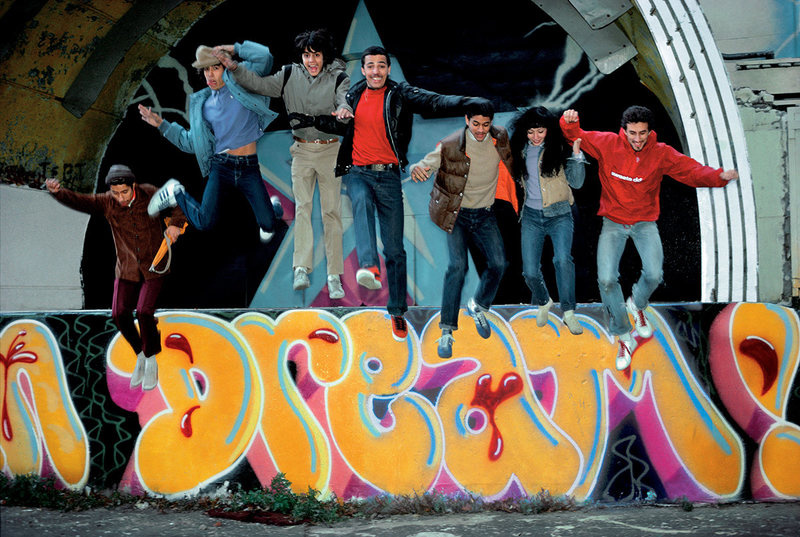
Street art artists Duro, Doze, Mare 139, Shy 147, Daze, Lady Pink. East River Park Amphitheater, Manhattan, 1981. Photo: © Martha Cooper. Source.
Street art entered the youth subculture deeply. The desire to portray one’s message on a surface as difficult as possible for access created the impression of an unprecedented "coolness" of an artist, adding points to him/her in public opinion. One of the most famous wild style graffiti with bright colors, rounded lines and shadow effects of three-dimensionality was created by artists TRAP, DEZ and DAZE in 1982. This street art object appeared on a car of the New York subway and caused great hype in the press. The metro was regularly raided by the artists who painted trains. The city authorities have vehemently protested against damage to public property and declared the street art war. Police hunted and arrested artists, and the subway workers cleared the trains of graffiti, one by one.

"Trap Dez Daze", 1983. Photo: © Henry Chalfant. Source
Graffiti technique quickly gained its great popularity and it became one of the components of hip-hop music culture. By the mid-1980s, the style of screen graffiti gained popularity among street artists. The art of spray painting crossed the ocean and conquered Europe. Professional artists joined the writers, for whom the idea of democratic art, which is accessible to everyone without exception, was close and understandable. In the street art aesthetics, a social component appeared: artists raised the problems of protecting the poor, the fight against AIDS, racism. High mastery of painting has made their appeals to the public more attractive and therefore more significant.
The price of gasoline in the third world
1982, 152.5×305 cm
Many names were heard by the entire art community — Lee Quiñones, Jean-Michel Basquiat, Keith Haring, Daniel Buren etc. Some large corporations, including IBM and Sony, decided to take advantage of the urban painting popularity and promoted their products in collaboration with street artists. Street art has become the subject of several computer games, graffiti images have appeared on bags and T-shirts, skateboards and surfboards.
"Together we can stop AIDS". Mural Museum of Modern Art in Barcelona
1989, 235×3400 cm
The Berlin Wall, which divided the city after the end of World War II, is one of the most notable European street art objects. This lively reminder of the Cold War is a must-have item on the tourist menu. The 1,316-meter open-air art gallery is called the East Side Gallery.
"A wall is a very big weapon. It’s one of the nastiest things you can hit someone with," says Banksy, one of the most legendary street art artists. Banksy’s name is surrounded by anonymity and mystery; many believe that musician Robert Del Naja, a member of the music group Massive Attack, stands behind the nickname. The inimitability of this master of street art is in subtle humour, flavoured with sardonic wit, which makes viewers doubt about the seriousness of his artistic statements on politics, humanity, refugees and racial prejudices. Banksy "runs well" and "chooses a point cleverly", in other words, thinks through his actions well before his sortie. The artist prefers to work in screen technology, it gives the guaranteed speed of drawing and the ability to leave quickly and quietly.
Another type of street art is gluing ready-made posters using wheat paste. This type of street art is convenient because it requires minimal time for the action and allows you to paste a poster in a public place in seconds. Some artists use ready-made light boxes. So, in December 2015, on the eve of the 21st Climate Change Conference (UN COP21), 82 street artists from 19 countries distributed 600 fake posters throughout Paris denouncing the organizers of the forum. They told about world leaders and corporations that sponsored the climate summit.
The curious technique of the reverse graffiti is performed on dirty surfaces, which the artist partially cleans, applying his drawing. This type of street art calls on authorities and society to pay close attention to the pollution of the urban atmosphere. The method itself is very environmentally friendly, this is another plus in its favour.
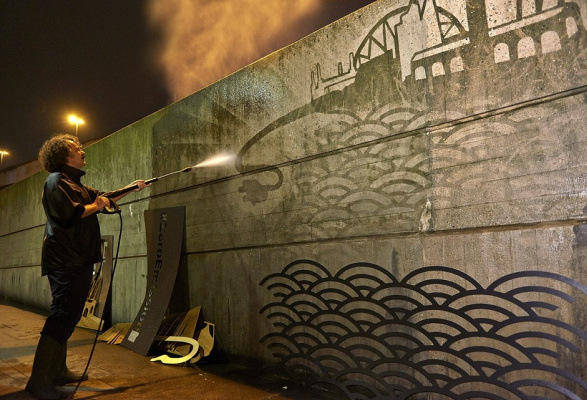
Artist Paul Curtis (Moose) works in the reverse graffiti technique. He came up with this technique, trying to clean the wall from tobacco soot. Source
Today, street art is very diverse and is not limited to graffiti. Below we offer you a selection of photos with a variety of samples of modern street art. Arthive also has a community dedicated to street art.
The trend towards the transition of street art from the street to art galleries testifies to the recognition of this art form by the art community. However, many artists still believe that street art is the voice of a free person, not subject to either money or power.






